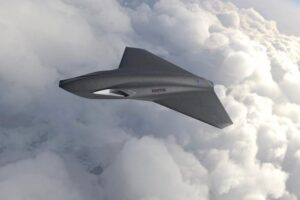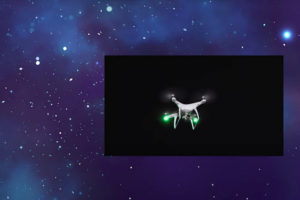 Kratos Defense and Security recently completed the first flight of its Thanatos stealthy uncrewed combat air vehicle, proving out the aircraft’s basic design as the company now focuses on flying a fully integrated system. Steve Fendley, president of Kratos’ Unmanned Systems Division, tells Aviation Week the company hopes to learn more about the system as […]
Kratos Defense and Security recently completed the first flight of its Thanatos stealthy uncrewed combat air vehicle, proving out the aircraft’s basic design as the company now focuses on flying a fully integrated system. Steve Fendley, president of Kratos’ Unmanned Systems Division, tells Aviation Week the company hopes to learn more about the system as […]Kratos Conducts First Flight Of Thanatos UCAV
 Kratos Defense and Security recently completed the first flight of its Thanatos stealthy uncrewed combat air vehicle, proving out the aircraft’s basic design as the company now focuses on flying a fully integrated system. Steve Fendley, president of Kratos’ Unmanned Systems Division, tells Aviation Week the company hopes to learn more about the system as […]
Kratos Defense and Security recently completed the first flight of its Thanatos stealthy uncrewed combat air vehicle, proving out the aircraft’s basic design as the company now focuses on flying a fully integrated system. Steve Fendley, president of Kratos’ Unmanned Systems Division, tells Aviation Week the company hopes to learn more about the system as […]



